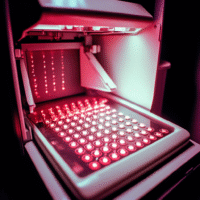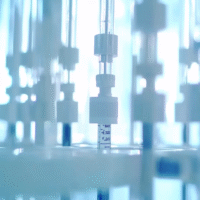Transverse vs. Longitudinal Skin Incision in Surgery for De Quervain’s Tenosynovitis
Study Overview
De Quervain’s tenosynovitis causes pain and swelling near the wrist. When non-surgical treatments fail, surgery is often needed. This study compared two surgical techniques: transverse and longitudinal skin incisions, focusing on scars, pain, and recovery.
Methodology
Seventy patients were randomly assigned to either the transverse or longitudinal incision group. We evaluated:
- Scarring: Using the Patient and Observer Scar Assessment Scale (POSAS)
- Pain: Measured with a numerical rating scale
- Function: Assessed with the Patient-Rated Wrist Evaluation (PRWE) questionnaire
Assessments were done at 2, 6, and 12 weeks after surgery.
Results
Both groups showed significant improvements in function and reduced pain. Key findings include:
- The longitudinal incision group experienced less pain at 2 and 6 weeks.
- By 12 weeks, pain levels were similar in both groups.
- No infections occurred, and only three patients had temporary numbness.
Conclusions
Both incision techniques led to similar recovery outcomes and pain relief. The choice of incision should depend on the surgeon’s skill, the patient’s anatomy, and the surgery’s complexity. A personalized approach is essential for the best results.
Clinical Trial Registration
This study was registered on 27/06/2023 at clinicaltrials.in.th (TCTR20230627001).
Value of Clinical Trials
Clinical trials are vital for developing safe treatments. Our AI platform, DocSym, integrates clinical standards and research, making it easier for healthcare providers to access important information.
Enhancing Patient Care
In today’s healthcare, efficiency is key. Our mobile apps help with scheduling, treatment monitoring, and telemedicine, improving patient management and expanding services.
By leveraging AI, clinics can streamline workflows, enhance patient outcomes, and reduce paperwork. Learn more at aidevmd.com.



























